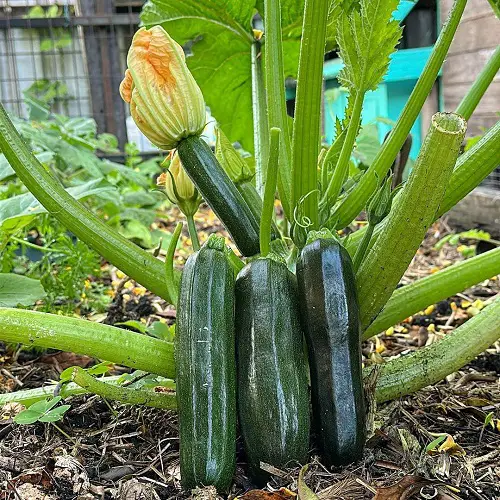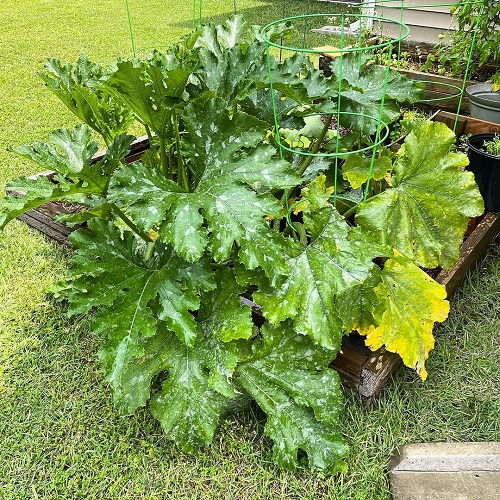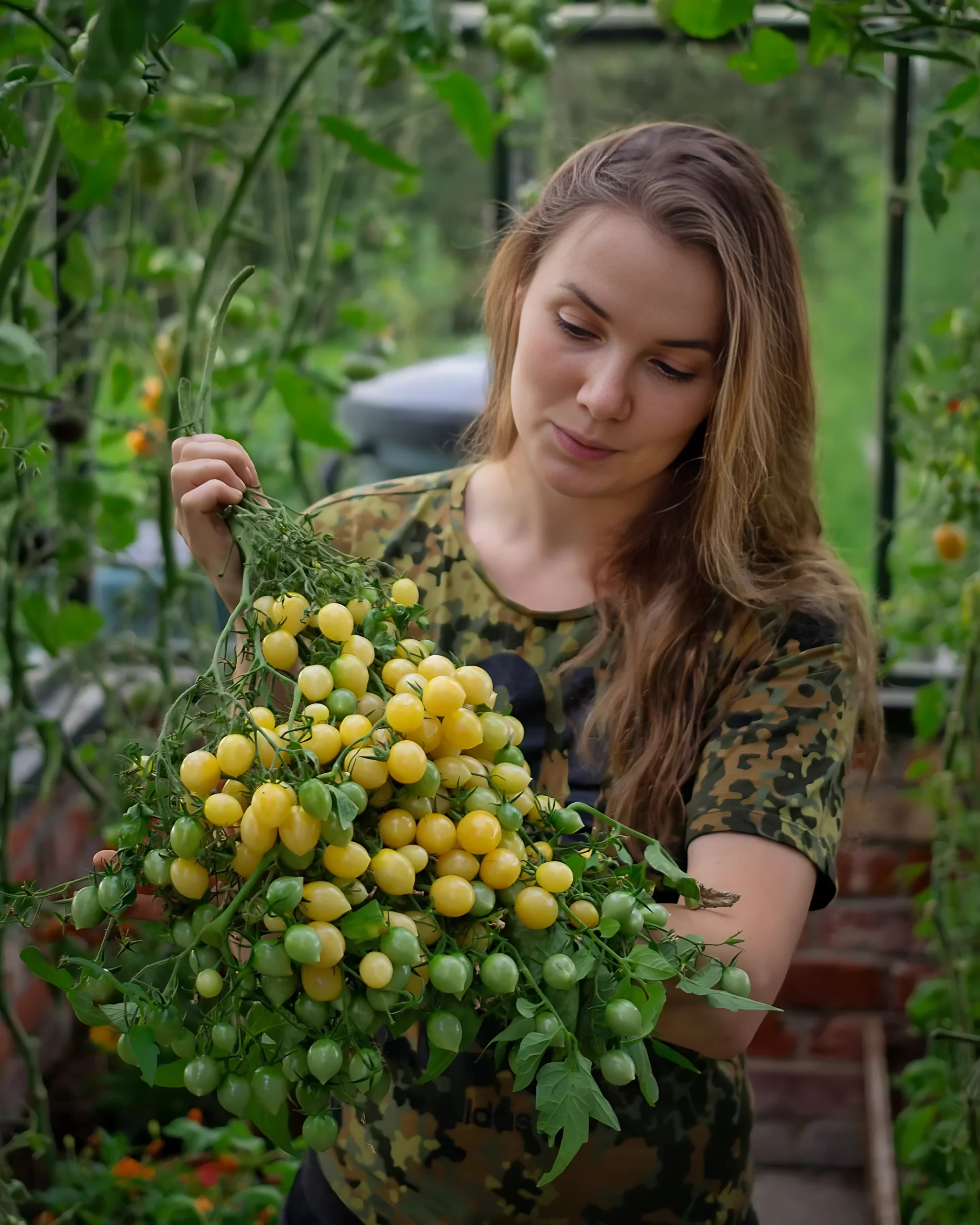Not sure How Far To Space Zucchini Plants? Don’t worry! We have it covered for you with all the details!

Zucchinis are the ultimate summer squash, producing an abundance of delicious and versatile fruits that can be used in a variety of dishes. But in order to get the most out of your zucchini plants – Zucchini Plant Spacing is the key.
The Science Behind Zucchini Plant Spacing
The principle behind plant spacing comes down to resources and the plant’s natural growth habits. Zucchini plants are known for their large leaves and sprawling growth, both of which are strategies for maximizing sunlight capture and rooting space in the soil.
When plants are too close together, they have to compete for these resources, which can lead to smaller plants, reduced yields, and increased susceptibility to disease and pests.
How to Properly Space Zucchini Plants
Zucchini plants should ideally be spaced about 36 to 48 inches apart in rows that are about 48 to 72 inches apart. This allows ample space for the plants to spread out and prevents them from shading each other out. However, if you growing dwarf varieties, or growing them in pots, you can space them at a distance of 22-24 inches.
To do this, when you’re preparing your garden bed, measure out the distances with a tape measure or a piece of string. If you’re transplanting seedlings, make sure you dig holes that are spaced out according to these guidelines.
If you’re planting seeds directly, plant two or three seeds at each planting spot (in case some do not germinate), and then thin out the seedlings to one per spot once they have a couple of sets of true leaves.
When and How to Space Zucchini Plants
Plant spacing should be considered both when initially planting your zucchini seeds or seedlings and when thinning out young plants.
- When planting seeds, plant them about 1 inch deep in the soil. If you’re planting multiple seeds in one spot with the plan to thin them out later, the seeds can be spaced about 2 to 3 inches apart.
- About 2 weeks after the seedlings have emerged, you can begin thinning out the plants. To thin out your zucchini plants, choose the strongest and healthiest-looking seedling to keep and remove the others by cutting them off at soil level with a pair of scissors. Avoid pulling them out, as this could disturb the roots of the remaining seedling.
Remember that zucchini plants also do well in hills or mounds where several seeds are planted in one spot, with multiple spots per row. In this case, the spots or mounds should still be spaced about 36 to 48 inches apart. After the seedlings emerge, thin them out to the two or three strongest on each hill.
By taking the time to space your zucchini plants properly, you can help ensure a healthy, productive crop.
Here’s How to Grow Zucchini in a Pot Successfully
Cons of Not Spacing Your Zucchini Plants

Improper spacing of zucchini plants can lead to a variety of issues. Here are some disadvantages:
- Reduced Yield: When plants are too close together, they compete for sunlight, water, and nutrients, which can result in smaller plants and reduced yields. Each plant might produce fewer zucchinis, and the fruits themselves may be smaller in size.
- Increased Disease Risk: Overcrowded plants create a humid, less ventilated environment that’s perfect for the spread of certain diseases, such as powdery mildew. Diseases can spread more easily from plant to plant when they are closely spaced.
- Increased Pest Issues: Pests can more easily move from one plant to another when the plants are close together. This can lead to more widespread pest infestations.
- Pollination Problems: Zucchini plants rely on bees and other insects for pollination. When plants are too close together, it may discourage insect visitation, and it can be more difficult for the insects to access all the flowers, leading to pollination problems.
- Difficulty in Harvesting: Zucchini plants can become quite large and bushy, and when they’re planted too close together, it can be difficult to reach inside the plants to harvest the zucchinis. This could lead to some fruits being overlooked and growing too large, which can lead to a bitter taste.
- Inadequate Growth: Zucchini plants spread their large leaves to capture sunlight. When planted too closely, these leaves can overshadow neighboring plants, depriving them of the light they need to grow and produce fruit properly.
To avoid these problems, it’s important to give zucchini plants the space they need to grow.




Thanks for sharing this amazing information with us.